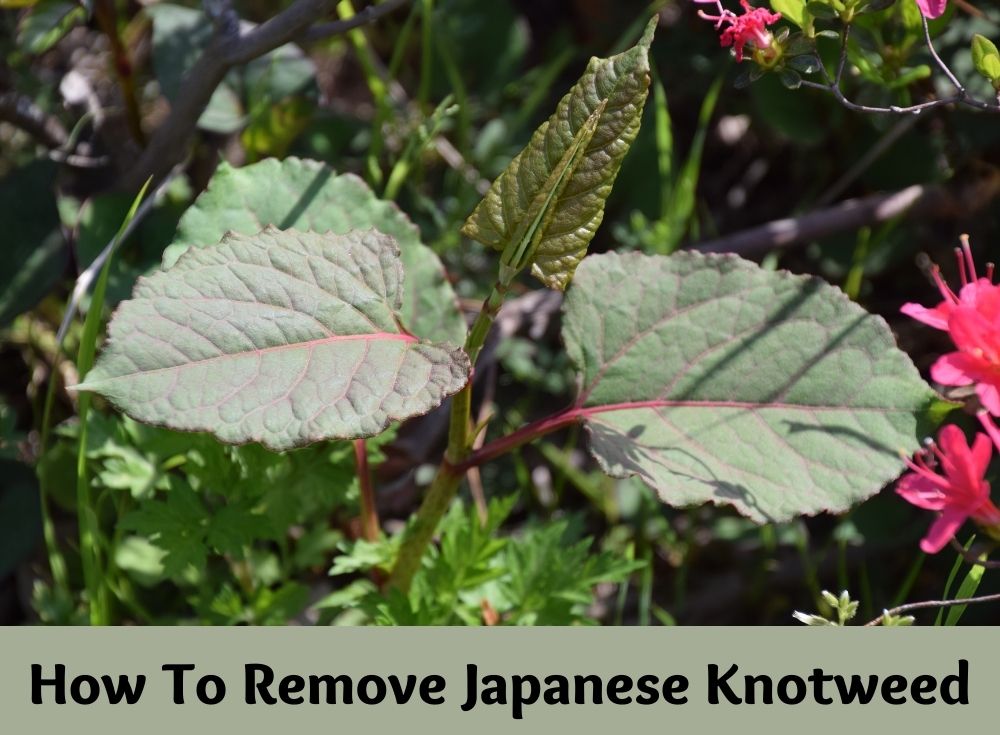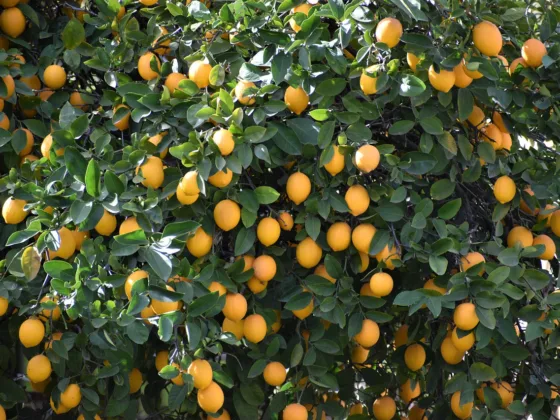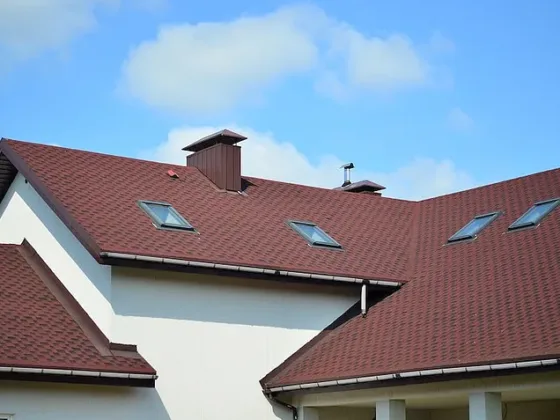Don’t know how to remove the Japanese Knotweed? No problem here is the simple guide for removing Japanese Knotweed. Please check them out below. So Keep Reading on!

Non-Chemical Controls
It is possible to dig it out, but due to how deep the rhizomes are able to penetrate, usually regrowth occurs.
Problems are also created by this method when it comes to disposal since under the 1990 Environmental Protection Act Japanese knotweed is classified as ‘controlled waste.
It requires it to be disposed of at a licensed landfill site. Usually, specialist Japanese knotweed contractors are licensed for safely removing the knotweed from the site.
However, before you employ their services, check first. Or you can destroy it o site, by letting it dry out and then burning it.
Japanese knotweed should never be included with regular household waste or placed in green waste collection bins.
If you plan to try to dig it out, remove as much of the root as you can, then destroy the regrowth repeatedly.
That will result in the energy reserves contained inside of the remaining underground parts to gradually be exhausted.
However, it could take several seasons to complete this process.
Biological Control
A psyllid (plant sucker) is being released as a biological control in the UK for Japanese knotweed.
Currently, it is being released only at a few trial sites. Gardeners do not have access to it.
However, if it succeeds it will be released more broadly and will become more widespread in the UK by natural spread over the upcoming five to ten years.
Read Also:
Chemical Controls
Maybe the simplest and most effective method for home gardeners for fighting Japanese knotweed is by using Scotts Roundup Tree Stump & Rootkiller, which is a glyphosate-based weedkiller.
The label recommends it for controlling Japanese knotweed, with the directions saying it should be applied to the plant’s cut canes.
There is also a label control for the weed from Bayer Garden Super Strength Weedkiller.
Or other tough glyphosate formulations can be tried (e.g. Doff Maxi Strength Glyphosate Weedkiller, Bayer Tough Rootkill, Scotts Tumbleweed, or Scotts Roundup 3000).
Glyphosate is normally applied to the foliage. It then passes to the underground parts from within the plant.
It is helpful to cut the old stems away during the winter to provide good access.
The flowering stage during the late summer is the best time to spray with glyphosate. However, it is hard to spray at that point, since the weed is 7 foot (2.1 m) or higher.
A more practical approach to take is allowing Japanese knotweed to grow to around 3 feet (90 cm).
This will normally be reached in the month of May. Then you can spray. There will be some regrowth so it will be useful for a second application to be done in mid-summer.
Check again in September to see if it has grown again. If so, spray again before the growth starts dying down in the fall.
Then check once again during the following spring.
Avoid having the spray come into contact with any garden plants. Knotweed that is treated with knotweed will frequently produce bushy, small-leaved growth that is 20 inches to 3 feet (50-90 cm) tall by the following spring.
It often looks very different from the regular plant and it is critical to treat this regrowth.
Normally it will take three or four seasons at least to eliminate Japanese knotweed through the use of glyphosate.
However, professional contractors like Environet will have access to more potent weedkillers that can cut the time in half.
Residual Control
Bayer Ground Clear Weedkiller is a residual weedkiller that contains metosulam//flufenacet/glyphosate is available in a soluble sachet.
A moderate check on growth might be provided, but due to the highly persistent rhizomes, it is not likely to eliminate the weed.









